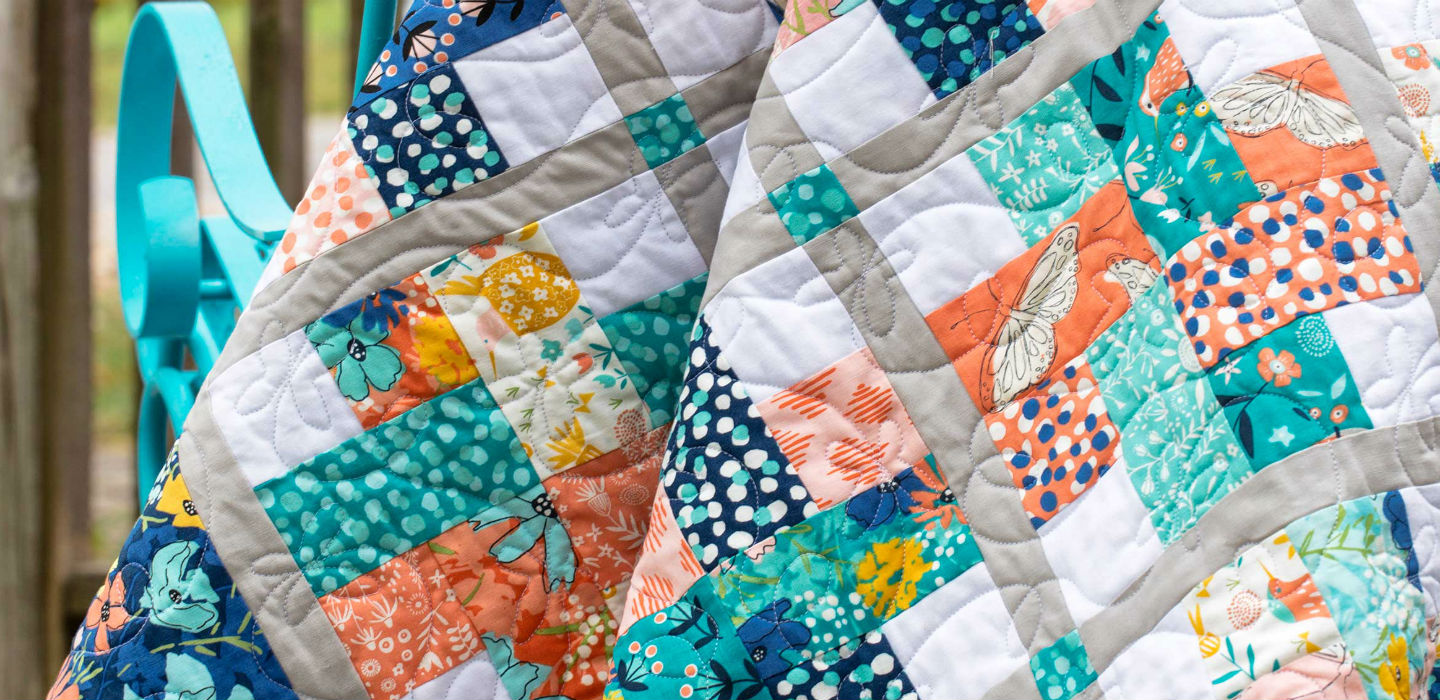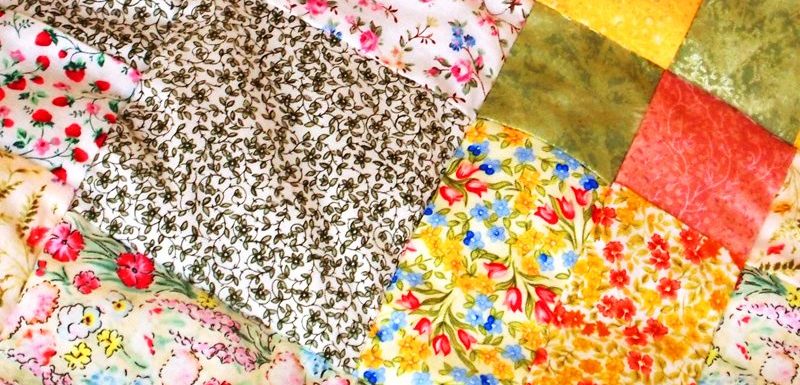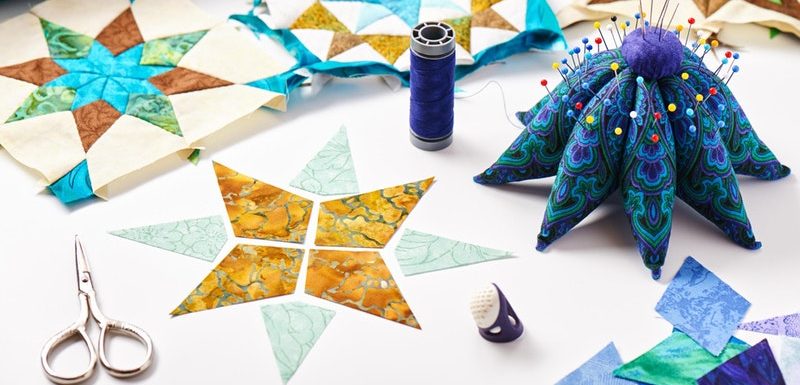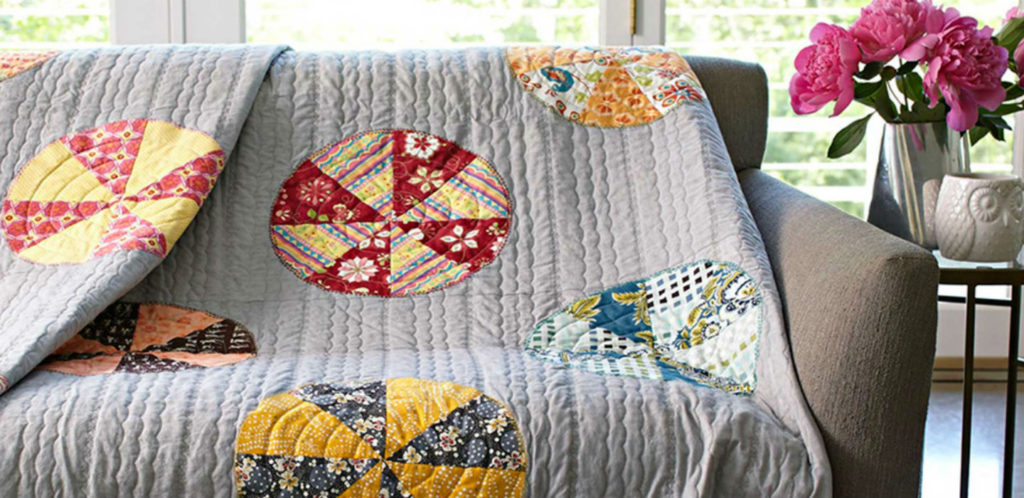New To Quilting – Here are some Thoughts
For those of us who are new to quilting we really like the YouTube quilting videos that people have uploaded and are willing to share with everyone. Some of these people even make money with these videos by participating in the Google Adsense program and linking their Youtube user account with the Adsense account. Every time that someone views their video with advertising and clicks on the “ad appropriate” content the video make gets a few pennies. Eventually they will add up to enough money to buy more materials for more quilts. Now you may not have the creative skills or equipment to make these kinds of movies but if you do you can go to different sites to learn about making your own video.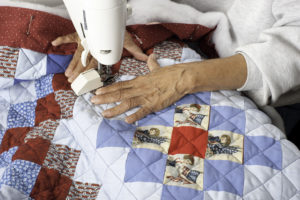
Essential Quilting Skills & Techniques by Missouri Star Quilt Company Quilting Tutorials. They have 12 videos in the series and are FREE to view over and over again. Great for the beginner or even as a refresher for the long-time quilter. http://www.youtube.com/user/MissouriQuiltCo?feature=watch
For those who would like to start their own business with their quilts we have found a business startup funding source that you might want to consider. It is a Flexible funding account that takes advantage of the campaigners social media followers and friends. If you don’t have a Facebook and Twitter account yet then now would be the time to start. They are a great way to find other quilters out there, show off your work and encourage others to buy from you once you decide to sell your stuff. Anyway, IndieGoGo.com is a crowdfunding website that helps business owners get funding for the business start-ups. They charge a small fee of what you collect and with the Flexible funding option you get to keep what you get as opposed to some of the other “All-or-Nothing” Crowdfunding sites. They have terrific tools for you to use and have some very quick and interesting tutorials on how to help your campaign be a success. Let’s face it we all need help finding funding for our projects and whether you are needing funds for a business or are sponsoring a special civic project this might be the place for you to get started. Read through their materials and share it with your friends and relatives. It may be the answer for a project that you are passionate about that needs a little help getting off the ground. More information on this website

